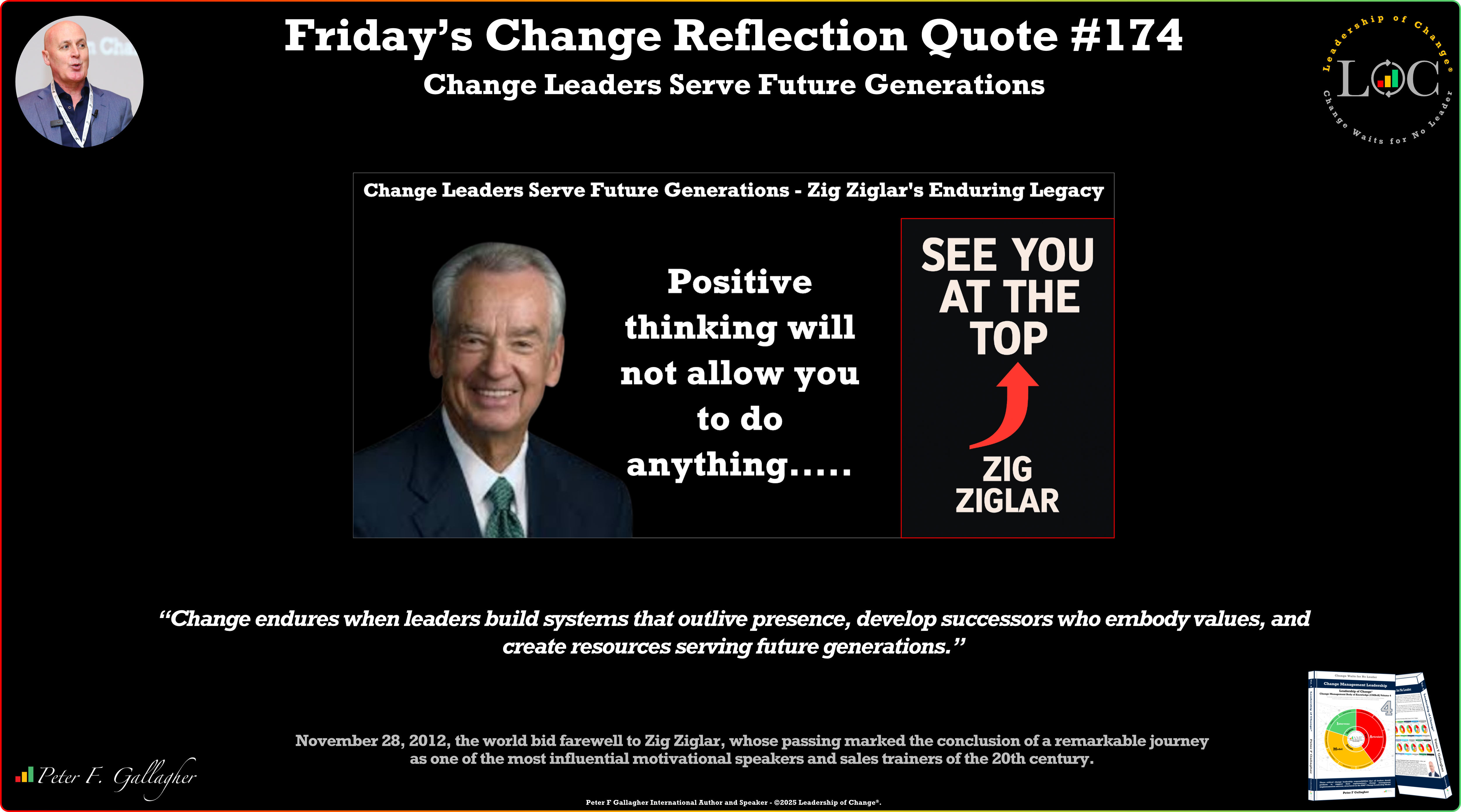
Image by
djedj from
Pixabay
B2B buyers are mobile, weaving in and out of different sales channels, especially in a COVID-19 world. Therefore, it’s never been more important for sellers to deliver the right experience that makes customers want to engage and keep engaging with their brand.
However, it’s not easy especially as we’re talking about supporting what are traditionally complex buying processes through multiple sales channels. Sellers often must manage different product sets, distribution channels and price strategies, which can be difficult to balance. Even more challenging is enabling buyers to seamlessly move between different sales channels without disrupting their buying process.
Even so there are ways that B2B companies can successfully compete in this new omnichannel world. We can all agree there’s value in both human-to-human connection and self-service, but they need to happen in harmony to address the buyer’s preferred buying behavior for both selling models.
And there’s the crux: Harmonizing the buyer’s preferences.
Because this is a relevant topic, we decided to enlist some key, independent analysts and influencers to get more flavor and perspective.
Maribel Lopez of Lopez Research observes that “omnichannel commerce previously focused on the disconnect between the online and physical channels.” But now it’s different, as these “experiences must offer consistency, simplicity and AI-driven intelligence across a broader range of digital channels such as SMS, messaging apps, virtual assistants and natural language speech recognition,” she explains.
Companies that have adopted a forward view of digital technology have been able to support customers well.
However, “when you think about the evolving role of the store you not only need a unified and connected view of your customer to execute that seamless experience through whatever touch point, but you also have to be able to tease out trends for fulfillment strategies with the technology to make it happen,” explains
Sheri Hinish a prominent supply chain influencer. “This requires all the supply chain buzzwords I’m sure everyone is hearing now, but beyond that is a human connection – deep personalization, being really clear on the expectation for lead times – all to build trust, engagement and loyalty.”
Sheri brings up a good point about personalization.
When buyers are looking to purchase something more complex, the journey often starts online with research and ends with a call to the sales representative to narrow down or confirm their purchase decision, ultimately resulting in the purchase being made through a traditional sales channel. It’s at this point where the process can get cumbersome.
But what can we expect as we head into 2021? According to analyst
Daniel Newman, “omnichannel will continue to evolve in 2021 as companies refine and optimize their effective utilization of vast data resources.”
But he also notes that “with a rising interest in headless commerce, customer data platforms (CDP), artificial intelligence (AI), machine learning (ML) and Edge Data, there is an exponential increase in the scale of data and it will come down to the application of data management, predictive and advanced analytics and sophisticated marketing tools to ensure that customers are given the best experience across channels, with consistency and seamlessness that can only be achieved with near flawless execution.”
Daniel also notes that “this isn't a light switch moment, but rather a continuous improvement that will be visible throughout 2021 and will gain more momentum post-pandemic as mobility data and shopping behavior returns to or achieves its new normal.”
The upshot is that companies that place digital and traditional channels in silos will never be able to support their omnichannel customers. Ultimately, they need to transform and create a fluid environment that allows buyers to seamlessly enter or move across traditional, self-service and emerging channels for an optimal buying experience.
No matter what, 2021 will be an interesting year.
By Loretta Faluade
Keywords: Customer Experience, Marketing, Sales

 Grandad, what's a Supply Chain Planner
Grandad, what's a Supply Chain Planner Operational Speed Without Strategic Clarity Creates Chaos
Operational Speed Without Strategic Clarity Creates Chaos The AI Curriculum: A Library's Deep Dive into Artificial Intelligence
The AI Curriculum: A Library's Deep Dive into Artificial Intelligence Friday’s Change Reflection Quote - Leadership of Change - Change Leaders Serve Future Generations
Friday’s Change Reflection Quote - Leadership of Change - Change Leaders Serve Future Generations The Corix Partners Friday Reading List - November 28, 2025
The Corix Partners Friday Reading List - November 28, 2025